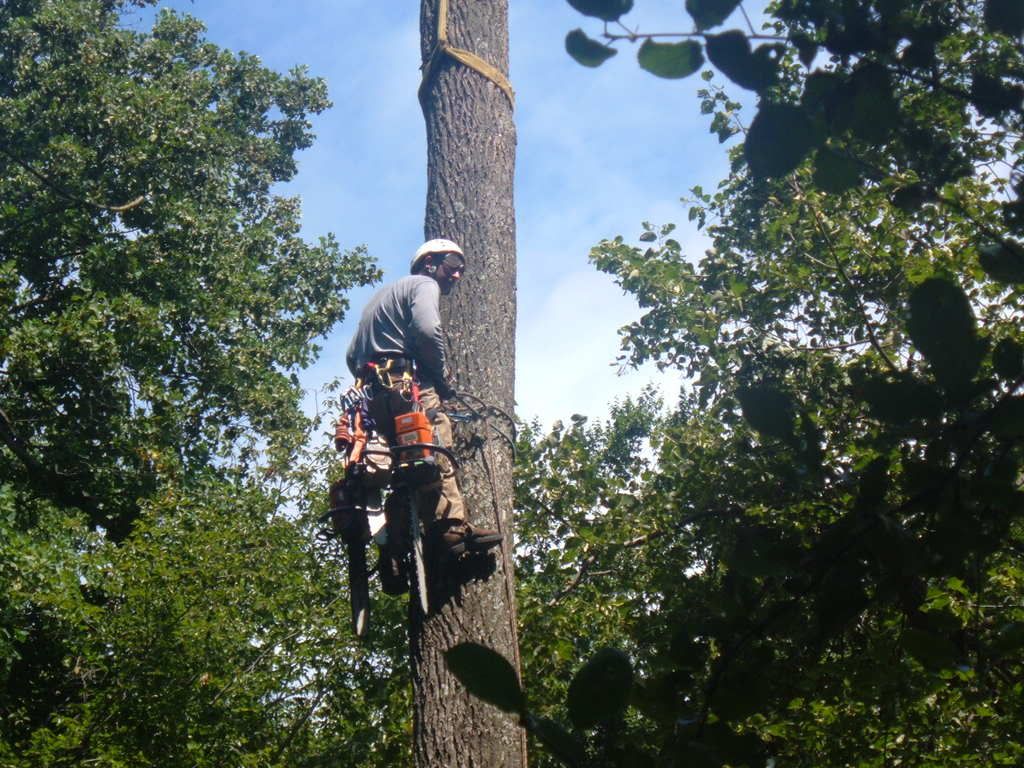yes jomoco. i would love to hear from you on this one. in fact i hope you have a better way to do things.
if you plan on ripping me apart, go for it, i want to know how i can do better. keep in mind though its not as easy for me to explain things on the keyboard as it is in person.
ive seen some of your work and when you come to this side of the forum i look forward to reading what you say.
so, please give me some input man!
Fear not OD, I may be a heartless monster in the political forum, but here I try to genuinely either learn or teach a few tricks that I hope provide benefit to climbers sincere in their wish to learn.
The first thing that struck me about this thread was the descriptions for release cuts on large dia pole picks being downright dangerous, particularly for the climber making the cut!
If you are in big vertical wood in the 2-4 ft range taking big picks and not making your release cuts properly, it is simply a matter of time before it bites you in the azz, particularly using large powerful cranes.
The danger is a reverse barber chair going down the wood past your steel core lanyard, tearing off and squishing you against the wood, perhaps even fatally.
This can be easily avoided with the proper release cut, and this is how I do it every time as if my very life depended on it.
Let's use the clock analogy used in this thread previously with the crane at high noon 12. I start my cut also at 12 with the crane behind be and minimum up tension being applied by the crane, I cut about 1/3rd through the pick, then work my way around to the other side in either direction without ever taking my saw out of the cut, it is at the point I pass the 6 oclock point heading in either the 9 or 3 oclock direction that I make my estimation of what the pick actually weighs and radio the crane op to apply that amount of tension to the pick before continuing to the actual release point at either 9 or 3 oclock.
This method ensures no nasty reverse barber chairs and no climbers spitting their guts out pinned against the remaining tree.
Once your ability to accurately guess the pick weights of varying wood species and sizes gets accurate, you will be able to move big wood exactly where you want it like a very heavy duty ballerina guys.
I hope this helps you guys avoid unnecessary injuries and work safer.
Two way radio communication is an absolute must for anyone that does crane removals on a regular basis. The best radio setup I've found is the Peltor Pro Comm plus integrated hard hat system in the PTT mode.
Work safe guys!
jomoco


























































